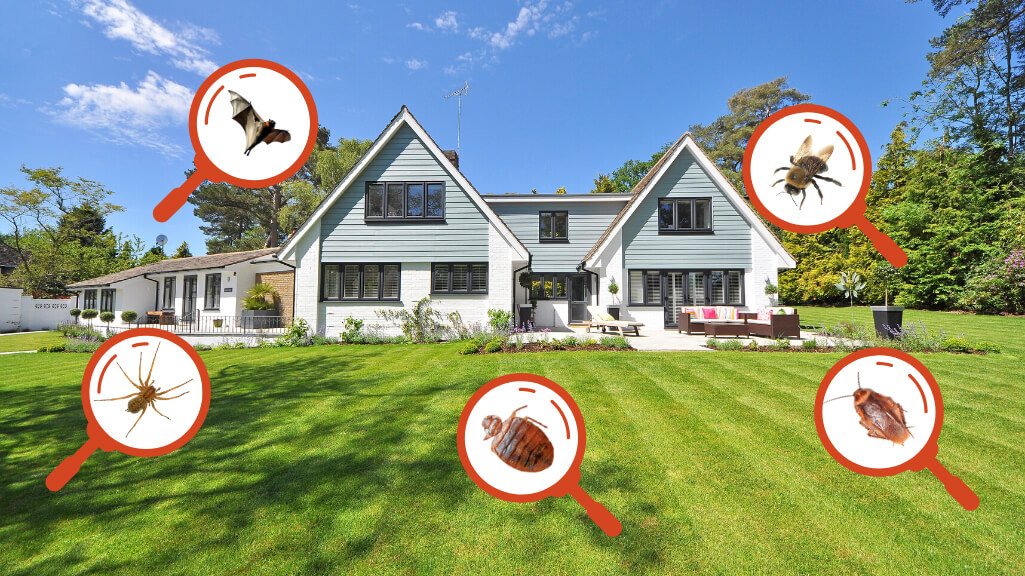For many homeowners, a thriving home landscape is a source of pride and joy, not to mention an oasis for relaxation and entertainment. Trees are:
- A cornerstone of such landscapes.
- Offering shade and beauty.
- Contributing to the local ecology.
However, like any other living entity, trees require care and attention. A mindful approach to tree maintenance can ensure their health and longevity and enhance the overall well-being of your garden and the environment.
Maintaining Your Trees Through the Seasons
As the seasons change, so too should your approach to tree care. The rebirth of spring calls for a close inspection of each tree, identifying and removing any branches that didn’t survive winter’s wrath. This preemptive care is crucial to prevent potential damage to property or passersby. As temperatures rise in summer, maintaining sufficient soil moisture is essential. It’s not just about quantity but consistency – prolonged periods of drought followed by heavy watering can stress trees and inhibit their stability and growth. When autumn’s cooler weather takes hold, it’s time to apply protective mulch and, if necessary, to brace younger trees against the cold. Lastly, winter presents a prime opportunity for structural pruning, as the bare branches allow for clear visibility and a focus on enhancing the tree’s natural framework.
Recognizing Tree Diseases and Pests
A healthy tree has defenses against pests and diseases, but a stressed tree can be a harbinger of trouble. Being vigilant and recognizing the early signs of distress can make all the difference. For example, discolored leaves, cankers on the bark, or a sudden lack of vigor may indicate a more serious internal issue. In such cases, proper identification and treatment are essential. Consulting a professional arborist from TreeWorkNow.com may be necessary to diagnose and treat these ailments effectively, as they can provide you with an appropriate management plan.
Proper Watering Techniques for Trees
To the untrained eye, the watering needs of trees may seem uniform; however, their requirements are as diverse as their species. Saplings are incredibly delicate and demand more frequent watering, while established trees have more resilient systems. There is a fine line between drought and waterlogging, each causing its issues, from restricted growth to increased susceptibility to disease. Monitoring the wetness of the soil around the tree—neither bone-dry nor sopping-wet—is the key to adequate watering. Techniques such as drip irrigation can help mimic natural rainfall and provide a deep, thorough quenching of the trees’ thirst.
The Role of Mulching in Tree Health
Mulch acts as nature’s blanket, insulating the soil and protecting it from the harsh temperature fluctuations of the changing seasons. A layer of organic material, such as wood chips or leaf litter, not only enriches the soil as it breaks down but also helps to preserve moisture levels and battle against invasive weeds seeking to leech nutrients away from your trees. When applying mulch, observe the critical rule of avoiding direct contact with the tree trunk. This margin will deter rodents and insects from causing damage and prevent fungal diseases from thriving in the damp, enclosed space against the bark.
Pruning: When and How to Do It Right
Pruning might seem a mere cosmetic exercise to the unacquainted, but it plays an indispensable role in the health and safety of a tree. Trees can withstand the buffeting of wind and weather by removing deadwood and shaping the canopy, reducing the likelihood of damaged limbs threatening people and property. It also deters pests and diseases from dying in dead or dying wood. The golden rule of pruning is to be mindful of the timing and method. Every cut has the potential to alter the tree’s growth, so it should be done judiciously, informed by an understanding of the tree’s biology and growth patterns.
When to Call the Professionals
There are instances when DIY tree care won’t cut it. Complex tasks requiring specialized knowledge and equipment or situations with a significant risk of property damage or personal injury call for professional help. Professional arborists bring a wealth of experience, expertise, and the necessary tools to tackle sophisticated tree care issues safely and efficiently. Their expertise is invaluable when navigating tricky situations like tree removals or treatments for diseases and pests.
Fertilizing Your Trees: Best Practices
Understanding the fertilization needs of your trees can be puzzling, given the variety of products available and the unique needs of each species. Selecting a suitable fertilizer and applying it correctly to encourage healthy growth is essential. Trees are adept at sourcing nutrients from their surroundings by nature, but specific landscaped environments might need more diversity than a natural forest floor. Thus, supplemental fertilization may be required, particularly in urban settings where natural resources are scarce.
The Environmental Impact of Well-Maintained Trees
The benefits of healthy, well-maintained trees spread far beyond the confines of your yard. They serve as essential cogs within the environmental machine, cleansing the air, providing habitation for creatures, and curbing urban heat island effects. Moreover, trees play a crucial role in carbon sequestration, drawing down greenhouse gases contributing to global warming. Organizations underscore the importance of trees in fighting climate change and advocate for conscientious tree care as a form of environmental stewardship.
Integrating Trees into Landscaping Design
Trees are not just stand-alone entities in your landscape—they are part of a complex ecological network that can be beautiful and functional, offering shade in summer or a windbreak in winter. The key to integrating trees successfully into a landscape design is understanding their growth habits, mature size, and maintenance requirements. By doing so, you can ensure their long-term health and the intricate balance of your garden. Trees also contribute to the landscape’s biodiversity, attracting birds and beneficial insects, which, in turn, enhances the dynamism of your outdoor space.
The Joy of Fruit Trees: Care and Harvest
Fruit trees are particularly rewarding for the home gardener, providing fresh produce from the backyard. Their care, however, is an art in itself. They often require specialized pruning for fruit production, vigilance against fruit-specific pests, and an understanding of the nuances of harvesting. While understanding the annual growth cycle of fruit trees can be complex, the rewards of a successful harvest are immeasurable. The sweetness of home-grown produce is matched only by the satisfaction of nurturing these trees through their lifecycle.
Careful tree maintenance is a rewarding endeavor that enhances property values and personal well-being. However, it requires understanding the delicate balance between nature’s needs and human intervention. By adhering to the above guidelines, you can provide the necessary care to ensure your trees prosper. Whether you’re an avid gardener or a casual observer, sighting a well-maintained tree is a joy. And in times when professional help is needed, resources can guide you to the right expertise. Together, we can cultivate a lovely landscape and a healthier planet for generations to come.










